Best Practices for Maintaining Hygiene in Weighing Operations
In the realm of manufacturing, precision and accuracy are paramount, especially in the delicate process of weighing raw materials, ingredients, and finished products. Hygiene plays a critical role in ensuring the integrity and safety of these operations, as even the most minor contaminants can compromise the quality of the final product. This article delves into the best practices for maintaining hygiene in weighing operations, providing a comprehensive guide to safeguard product quality and uphold the highest standards of safety.
Hands and Gloves
Gloves:
– Wear disposable, powder-free nitrile or vinyl gloves to prevent contamination from skin oils, hair, or bacteria on the hands.
– Change gloves frequently, especially after handling different materials or touching surfaces.
– Remove gloves before exiting the weighing area to prevent cross-contamination.
Hand Hygiene:
– Wash hands thoroughly with soap and warm water before starting work and after handling gloves.
– Use an alcohol-based hand sanitizer when soap and water are not available.
– Keep fingernails short and clean to minimize the risk of contamination.
Equipment and Surfaces
Weighing Platform and Pans:
– Regularly clean and disinfect the weighing platform and pans using approved cleaning agents.
– Use brushes or soft cloths to remove any debris or residues.
– Allow surfaces to dry completely before use.
Calibration and Maintenance:
– Calibrate the weighing equipment regularly according to the manufacturer’s instructions.
– Perform routine maintenance checks to ensure the equipment is functioning correctly and accurately.
Storage:
– Store weighing equipment in a clean, dry, and well-ventilated area.
– Protect surfaces from dust, moisture, and other contaminants.
Materials and Containers
Sampling and Preparation:
– Use clean, sterile utensils to collect and prepare samples for weighing.
– Avoid using materials that could introduce contamination, such as wooden spoons or cardboard containers.
Containers and Packaging:
– Use clean, sealed containers to transport and store materials for weighing.
– Inspect containers for any signs of damage or contamination before use.
– Label containers clearly to avoid mix-ups.
Environment and Training
Cleanliness and Ventilation:
– Maintain a clean and well-ventilated weighing area to minimize airborne contaminants.
– Regularly clean floors, walls, and other surfaces.
Training:
– Provide thorough training to all personnel involved in weighing operations on the importance of hygiene and the best practices outlined in this article.
– Establish clear rules and procedures to ensure compliance.
Adhering to the best practices for maintaining hygiene in weighing operations is essential for ensuring the accuracy, safety, and quality of products. By following these guidelines, manufacturers can minimize the risk of contamination, protect the integrity of their products, and uphold the highest standards of hygiene in their operations. It is the collective responsibility of all personnel involved in weighing operations to adhere to these practices and foster a culture of hygiene excellence throughout the organization.
-
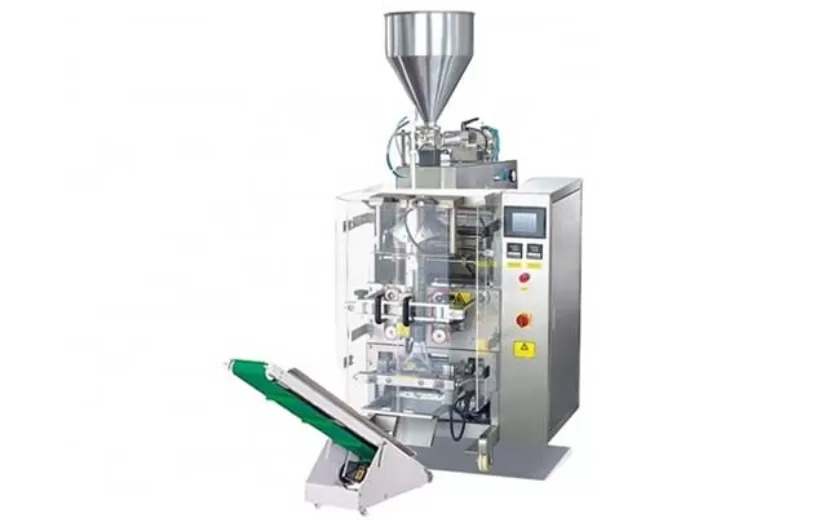
Advanced Packing Solutions: Snacks, Sugar, and Frozen Food Machines
29-10-2025 -
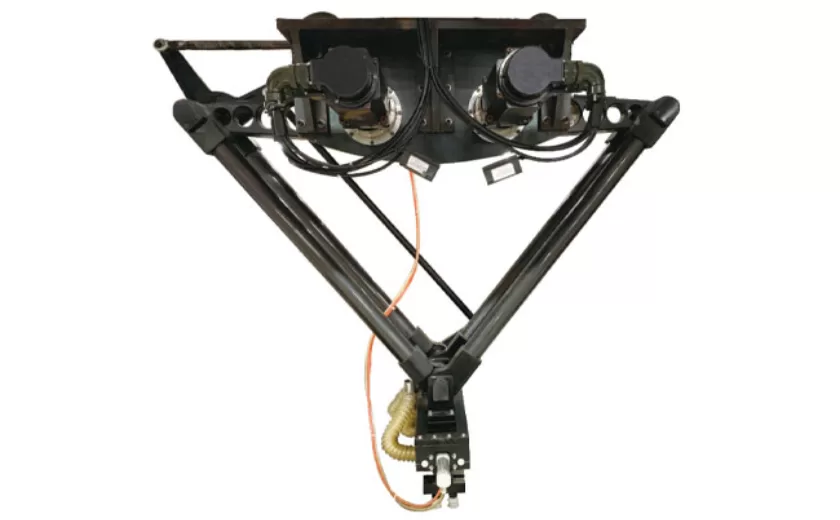
Efficient and Reliable Solutions for Salt, Nuts, and Frozen Dumplings Packing
29-10-2025 -
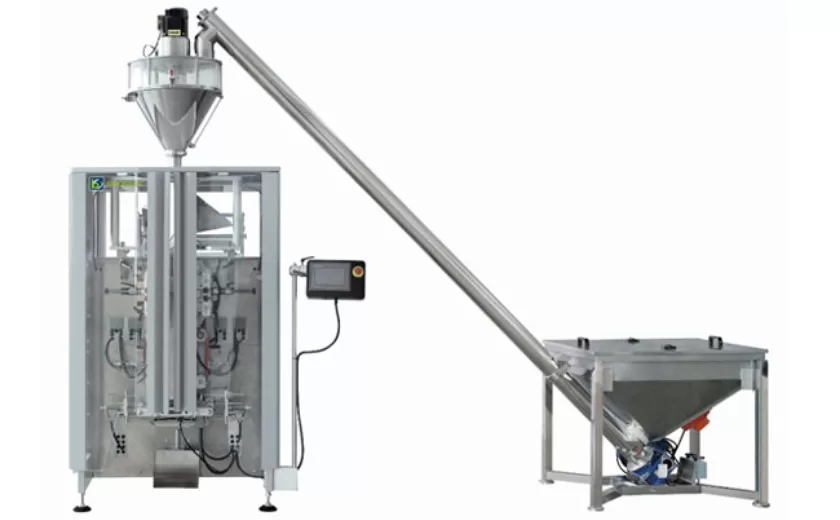
High-Performance Biscuits, Lollipop, and Ketchup Packing Machines for Modern Food Production
29-10-2025 -

Efficient Liquid Filling and Packing Machines for Modern Production
23-10-2025 -
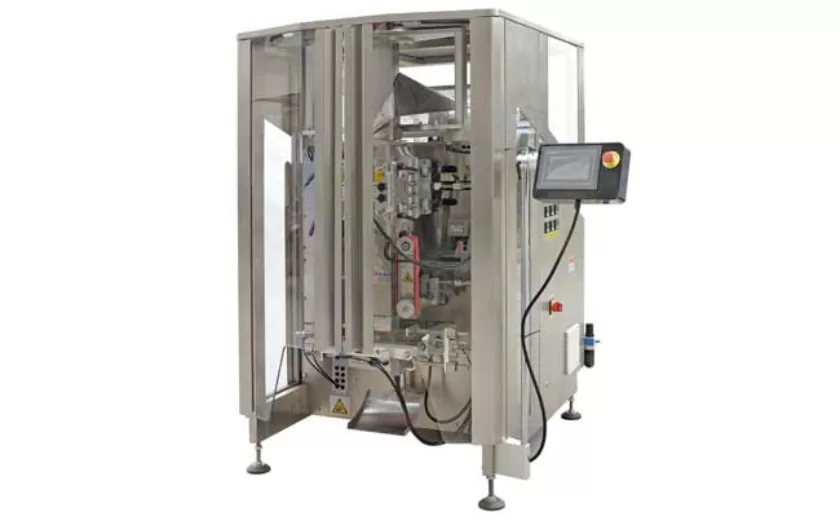
Reliable Granule Packaging Machines for Efficient Production
23-10-2025 -

Efficient Auger Powder Filling Machines for Accurate Packaging
23-10-2025 -

High-Performance Liquid Filling and Packing Machines for Hygienic Production
10-10-2025 -

High-Efficiency Granule Packaging Machines for Precision and Speed
10-10-2025 -

High-Precision Auger Type Powder Filling Machines for Efficient Packaging
10-10-2025 -
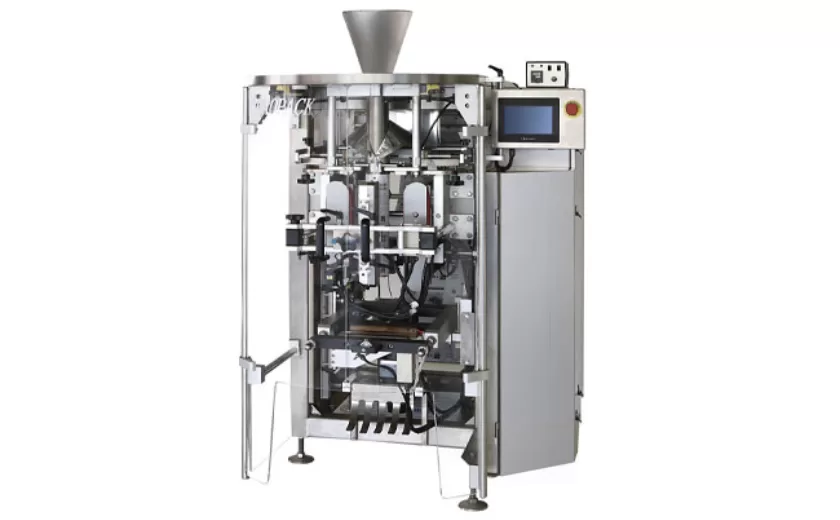
Efficient Vertical Form Fill Seal Packaging Machines for Smart Production
10-10-2025





